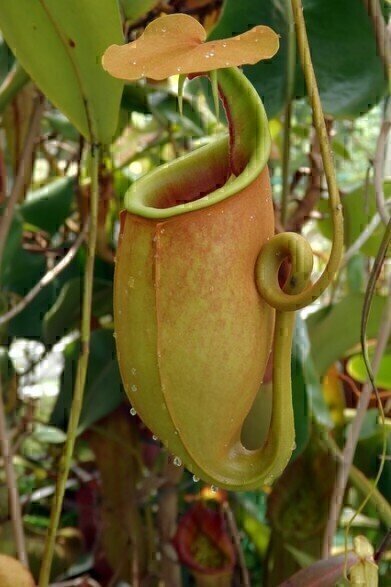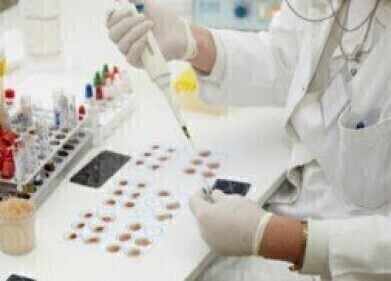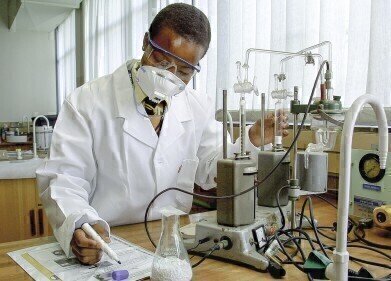Help Desk
How Plants Use Carbon Dioxide to Capture Bugs – Chromatography Investigates
Oct 04 2018
Plants are amazing. They feed us and provide the oxygen we need to live. It has also been shown that plants can communicate, both with each other to warn of predators and also with insects and bugs. A recent paper published in the Nature journal Scientific Reports - Nepenthes pitchers are CO2-enriched cavities, emit CO2 to attract prey - reports on how one group of bug eating plants use carbon dioxide to attract their prey.
Carnivorous plants - eating their prey
Nepenthes are carnivorous plants that are also known as tropical pitchers plants. There are around 170 species along with several hybrids. They originated in the Old-World tropics, in places such as South China, Malaysia and the Philippines. It is on Borneo that there is the greatest diversity with many native species. The plants grow in hot, humid areas of lowland – warm days and cool humid nights all year round help the plants to grow.
The plants have evolved a mechanism to supplement the nutrition they get from growing in nutrient poor conditions and habitats. They capture insects and other arthropods using their modified leaf tips – which look like drinking vessels or pitchers, hence the name for the plant. Once the bugs are in the pitchers they devoured by an acidic enzymatic fluid. But how do the plants attract their prey?
Attracting the prey to the pitchers
To kill and absorb their prey, pitchers have to attract the prey in the first place. It is thought that the colourful rims of the pitchers can help to attract prey, but researchers have noted that unopened pitchers have ‘a gas filled sensation’. But there have been no studies on the gas filling the pitchers.
Preliminary tests showed high concentrations of carbon dioxide inside the unopened pitchers, so the researchers looked closer into the role of carbon dioxide in prey capture. They analysed the gas using gas chromatography using FID, ECD and TCD detectors. Chromatography is a powerful technique that can analyse many different types of samples, some guidelines for developing methods are discussed in the article, Issues with Scaling and Method Transfer.
The researchers found that the plants released carbon dioxide through their lids as a means of attracting prey. They report:
Most insects pay special attention to ‘subtle variations’ or ‘gradients’ of CO2 in the form of plumes arising from individual point sources. Insects have well developed CO2 receptors which can detect these variations (even small variations) as a means of locating their food.
Digital Edition
Chromatography Today - Buyers' Guide 2022
October 2023
In This Edition Modern & Practical Applications - Accelerating ADC Development with Mass Spectrometry - Implementing High-Resolution Ion Mobility into Peptide Mapping Workflows Chromatogr...
View all digital editions
Events
ACS National Meeting - Fall 2024
Aug 18 2024 Denver, CO, USA
Sep 04 2024 Chiba, Tokyo, Japan
Sep 04 2024 University of Warwick, Coventry, UK
Sep 10 2024 Rockville, MD, USA
Plastics Recycling World Expo Europe
Sep 11 2024 Brussels, Belgium














